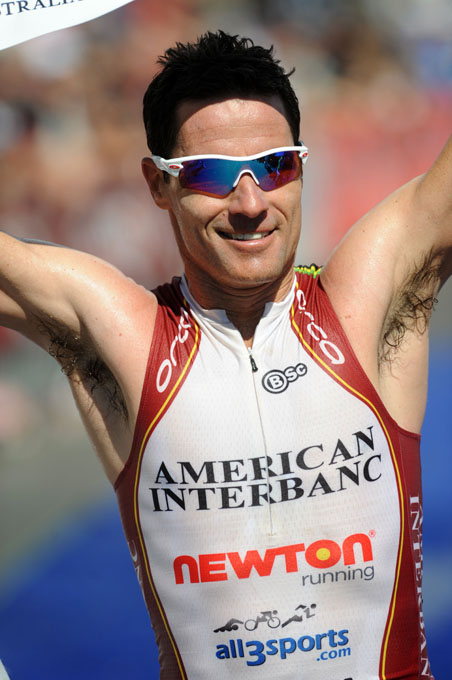Simple
Solutions For ITBS (Iliotibial Band Syndrome)
“If
God invented marathons to keep people from doing anything more stupid, then
triathlon must have taken him completely by surprise.” P.Z. Pearce,
MD
The IT Band: The band itself runs from it’s insertion
behind the hip down the outside of the femur and knee cap to an attachment
outside the patella tendon. It is usually a tight, one inch wide tendon that can
be seen on the knee when your leg is locked.
Symptoms: A
sharp pain that radiates from above and outside the knee into the quadriceps
and/or in the hip. It can be aggravated when running up or down hills or when
going up/down stairs after a run. Frequently it hurts after the first 15 minutes
or so and doesn’t go away.
Causes: This can be seen in
those who’s bike seat is too high or there’s some type of instability in the
gait cycle and leg is no longer in neutral. You’ll see it in those who use old
or improper shoes. If the shoe is not supportive, it can lead to overpronation
stretching the IT band causing a painful rubbing across the femur. Some get
these symptoms from bowed legs, the crown in the road,
etc. In Andy Pruitt’s Complete Medical Guide For Cyclists, he notes that “too
much riding too soon can cause this problem. IT problems rarely happen after
a period of base mileage.”
Solutions: For runners, it is essential to match the
shoe to the runner to allow proper leg alignment. Check your saddle height. Many
will ask for a cessation from running/biking until the pain dissipates.
Check that your feet aren’t too close together while riding.
Stretching the IT band, especially after runs is key. Don’t forget the quads,
hams and calves. Massage using a foam roller can be of benefit – but be brief
and don’t spend too much time on the actual point of pain. Morning runners/bikers may
want to apply “Warm FX” to the IT band. It acts like Icy Hot and allows more
oxygen to flow to the muscles and in turn they loosen up faster. I’ve also had
some patients experience excellent success with ice massage after their run/ride.
If unsuccessful, then maybe a visit to your local runners doc may be in order. Good
luck.
John Post, MD




